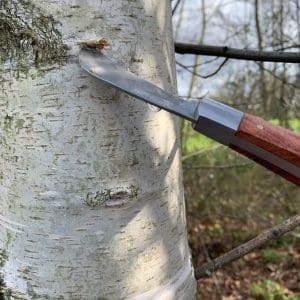Birch Sap tapping
Through this guide we’re going to be looking at How to Tap Silver Birch – Extracting Birch sap is one of the first things I do with wild food every year, it tells me we’re about to shoot straight into the more serious collection of wild foods and is, at the moment, my only source of wild sugar to be used throughout the coming year.
The sap rises throughout March and can vary from year to year, but each area usually has a 2-3 week window to do this process, the easiest way to check if the sap is flowing is to stick a knife in the tree trunk at an upward angle. If sap leaks down the knife then you’re good to go.
Birch Sap Rises throughout March
Equipment needed to tap a birch tree:
- Plastic tubing – 1cm in diameter and 40cm in length
- A drill, any will work, manual or electric
- 1cm drill bit
- Container for collecting the sap – I use a 5ltr water bottle
- Piece of muslin cloth – big enough to cover the hole of your container
- A range of elastic bands or string
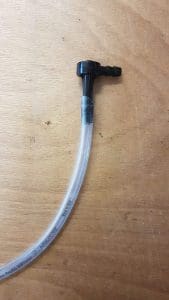
Method for tapping a silver birch tree:
- After checking the tree is flowing, about 1m up from the base of the tree, use your drill and drill bit to drill a 1cm width hole 8cm into the tree – do this a slight upward angle so the sap flows down the hole.

- Push your piping into this hole, making sure it’s at least 2cm in and secure (sometimes the sap will start flowing out of the pipe straight away)
- Secure your container at the base of the tree – either tie it to the tree, make sure it’s on flat ground or secure it by leaning rocks against the sides.
- Secure the cloth around the top of the container, either using elastic bands or string (this stops any bugs from climbing into the container)
- Pop a hole in the middle of your cloth and feed the tubing through it so the liquid will drip into your container
- Secure the cloth around your tubing with either string or an elastic band (to ensure no insects can get into your container)
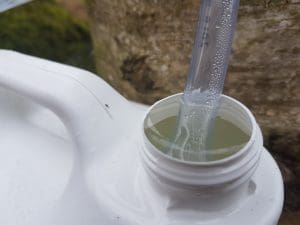
Leave it overnight to fill up
Return to find your 5ltr container full of beautiful sap, remove everything and pop the lid on your container so you can easily carry it away (I often tap a tree at about 6 pm and collect it before 9 am (meaning that it’s lived at the overnight temperature which is fridge temperature at this time of year)
Recipes for using birch sap can be found here..

Should I bung the hole after tapping silver birch?
This is a great question and I’ve done both things, bunged the hole and not bunged the hole.
When I used to bung the hole I would snap a branch from the tree, sharpen the end and hammer it into the hole so that nothing foreign is going into the tree. (I would never advise filing it with clay or wood from a different tree) The idea of this approach is that you seal the hole and stop any infection from getting into the tree, on the flip side you could also lock infection inside of the tree.
When I’ve not bunged it I’ve merely left the hole open and allowed the tree to heal itself. The idea of this method is that the sap will push out any infection before the tree heals itself (a bit like how our bodies do naturally when we get a cut)
Is it safe to tap a silver birch every year?
I only ever tap a silver birch tree every three years. I use a pen to colour code the trees so I know which is done on a three-year cycle.
- Blue – year one
- Green – year two
- Black – year three
I simply rotate this every three years.
This comes back to the individual again if you tap a tree every year just keep an eye on the tree itself, does it look as healthy as it did last year, does it look as healthy as the trees around it. Ask yourself questions like this.
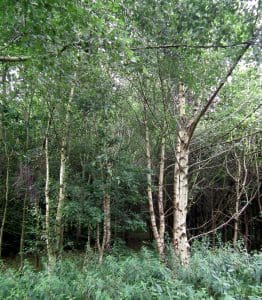
What can I use silver birch sap for?
There are some nice recipes here for using silver birch sap. Think:
- Birch Sap Syrup
- Sticky Birch Sap Pudding
- Birch Sap brittle
- Hot Birch Sap Drink
- Birch Sap Wine
- Birch Sap Toffee
- Think of whatever you may use maple syrup for….
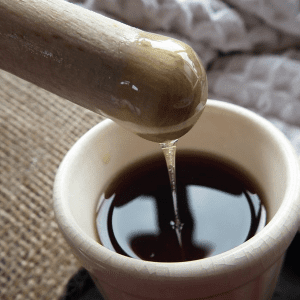
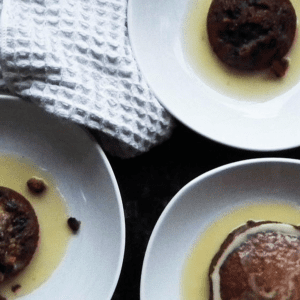
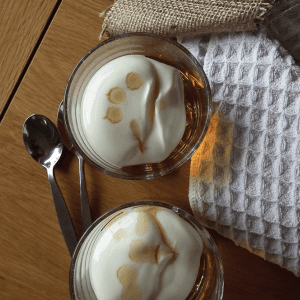
How do I identify a Silver Birch?

We have a really nice guide here for identifying silver birch.
However, it’s most of the trees you see out in the woods with the white/silver bark that peels away from the tree.
What else can Silver Birch be used for?
There’s a whole bunch of other things to do with silver birch from making medicine to creating roofing slats. I’ll list some below for you.
Edible Uses of Silver Birch:
Sap: Edible, drunk as water, boiled to syrup, wine, cordial, toffee, ice cream, bbq glaze, sauce, sweetener
Leaves: edible when young, in salads.
Young Catkins: Edible,
Bark: edible, ground in to flour.
Herbal Uses of Silver Birch:
The bark of silver birch can be used as a diuretic and mild laxative. All parts of the silver birch can be used as a detoxifier and tonic for helping remove waste products from the urinary tract.
Miscellaneous Uses of Silver Birch:
This tree can often be found growing in abundance in a single location, somewhere that is a new space allowed to turn wild is a common spot to find it, there’s a range of mushrooms that grow in association with this tree giving it other edible purposes and to help with identification of mushrooms



